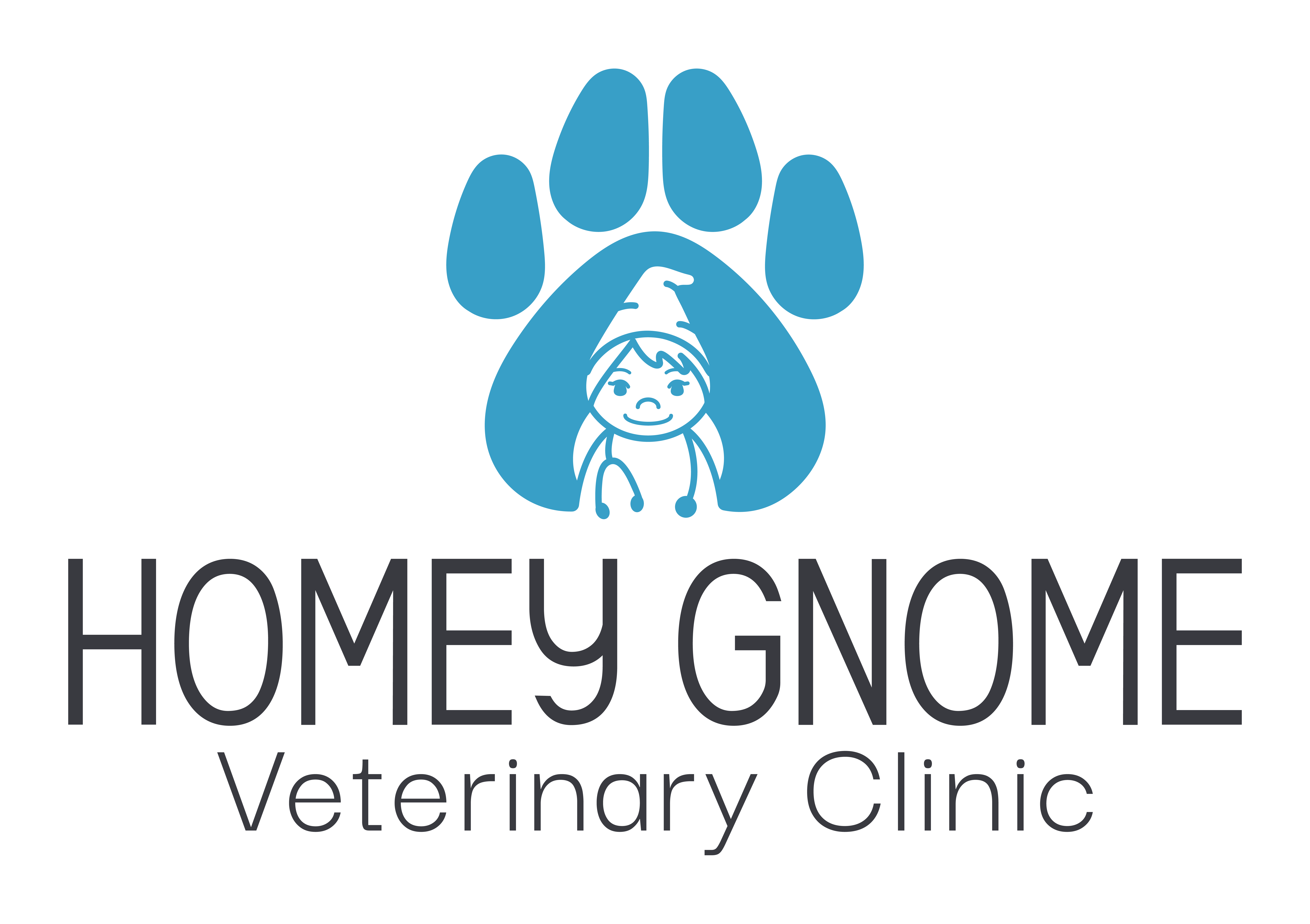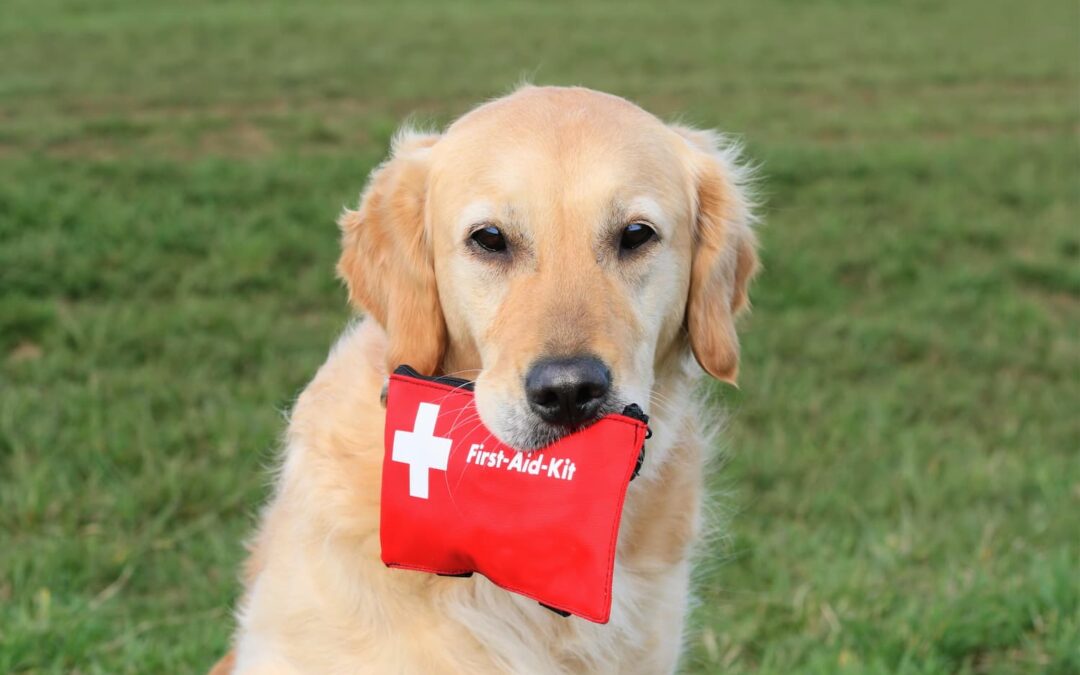Would you know what to do if your dog cut their paw on a trail or your cat started choking on a piece of food? Emergencies can happen in an instant, and while it’s never fun to think about, being prepared can make all the difference. Knowing basic first aid can help stabilize your pet before you get them to your Oakdale MN vet. Here are practical, vet-approved first aid tips to keep your pets safe until you can get professional care.
TIP #1: Build a Pet-Specific First Aid Kit
Every pet household should have a basic first aid kit within easy reach. Unlike human kits, your pet’s version should include supplies specifically for animal use. You can keep one at home, one in your car, and another in your go-bag if you travel with your pet often.
Here’s what we recommend including:
- Gauze, non-stick bandages, and medical tape
- Tweezers and blunt-end scissors
- Digital thermometer (note: a pet’s normal temp is 100.5–102.5°F)
- Saline solution to rinse eyes or clean wounds
- Disposable gloves
- Antiseptic wipes (pet-safe only)
- Styptic powder (for nail bleeds)
- A soft muzzle (even the sweetest pet may bite if in pain)
- Extra leash, collar, and recent photo of your pet
- Hydrogen peroxide (only to induce vomiting when directed by a veterinarian)
Looking to stock up? Visit our online pharmacy for many of these essentials.
TIP #2: Treat Bleeding and Minor Wounds Quickly
Bleeding can look dramatic, especially if it’s from a paw or ear. The good news is that small cuts and scrapes are usually manageable at home if handled correctly.
- First, stay calm and keep your pet as still as possible. Movement increases blood flow.
- Apply firm, gentle pressure to the area with sterile gauze or a clean cloth.
- If the bleeding slows within a few minutes, clean the area with saline and cover it lightly with a non-stick bandage.
- Don’t use ointments made for people—some ingredients can be toxic to pets.
If the bleeding doesn’t stop after 5–10 minutes, or if the wound is deep or located near the eyes or joints, don’t hesitate to contact us for next steps.
TIP #3: Know What to Do if Your Pet is Choking
Choking is one of the most frightening emergencies for pet parents. It often happens when pets chew on bones, toys, or even household objects.
Signs of Choking
- Pawing at the mouth
- Difficulty breathing or noisy wheezing
- Blue-tinged gums or tongue
- Collapsing or sudden panic
If you suspect your pet is choking:
- Try to open their mouth and gently sweep out any visible object. Be careful—avoid pushing the item further down.
- For small pets, hold them upside down briefly (supporting their body) and pat between the shoulder blades.
- For medium or large dogs, a modified Heimlich maneuver may help: place your hands just behind the ribcage and give a quick upward thrust.
TIP #4: Recognize and Respond to Heatstroke
Hot days in Oakdale can be dangerous for pets—especially brachycephalic (flat-faced) breeds such as pugs and French bulldogs, rabbits, and overweight animals. Heatstroke can develop quickly and turn deadly if left untreated.
Watch for:
- Excessive panting
- Drooling
- Bright red gums
- Lethargy or unresponsiveness
- Vomiting or collapse
Act fast:
- Move your pet to a shaded, cool area
- Offer small sips of water
- Wet their paws, ears, and belly with cool (not ice-cold) water
- Use a fan or air conditioning if available
Then don’t hesitate to call us immediately. Pets may need IV fluids or other urgent care.
TIP #5: Prepare for Poisoning Emergencies
Pets are naturally curious, and that curiosity can lead them into trouble. Poisoning is unfortunately common—and time-sensitive.
Common dangers include:
- Human medications (even one Tylenol can be deadly to cats)
- Grapes, raisins, onions, chocolate, and xylitol
- Certain houseplants (like lilies, aloe, or pothos)
- Fertilizers, antifreeze, or pest bait
- Essential oils or diffusers
If your pet is vomiting, drooling, acting oddly, or having tremors, they may have ingested something toxic.
Do not induce vomiting unless you’ve spoken with a veterinarian first. Some substances (like bleach) can cause more damage coming back up.
Keep the ASPCA Poison Control Hotline number in your phone: (888) 426-4435
TIP #6: Keep Our Contact Info Handy
In an emergency, you don’t want to be searching for numbers. Save our info in your phone and stick it on the fridge too.
Address: Homey Gnome Veterinary Clinic – Oakdale, MN
Phone: (651) 202-3388
Website: homeygnomevet.com
If it’s after hours, our voicemail will direct you to the nearest emergency facility we trust.
Stay Calm, Stay Ready
You don’t need all the answers—just the right tools and a trusted vet. For help building a pet first aid kit or preparing for emergencies, call Homey Gnome Veterinary Clinic at (651) 202-3388. We’re here for Oakdale’s pets and the people who love them.
Image credit: Envato


